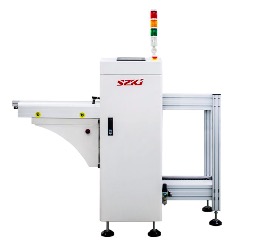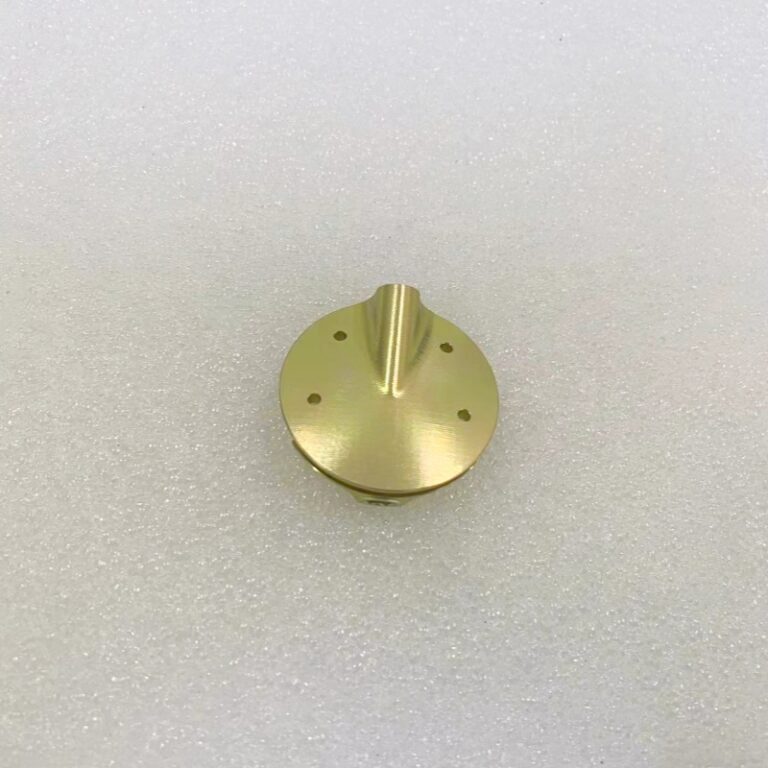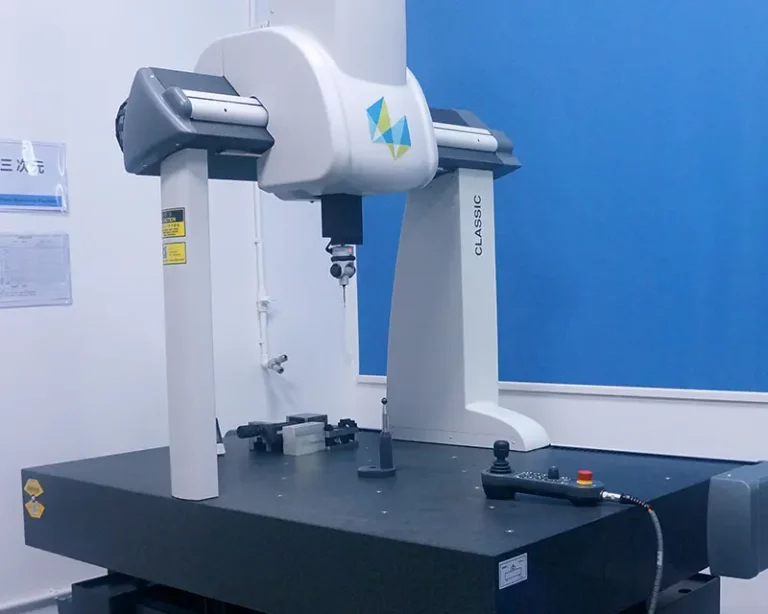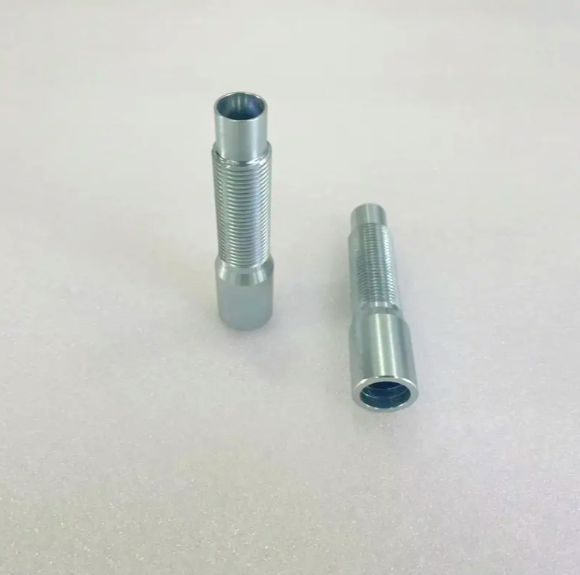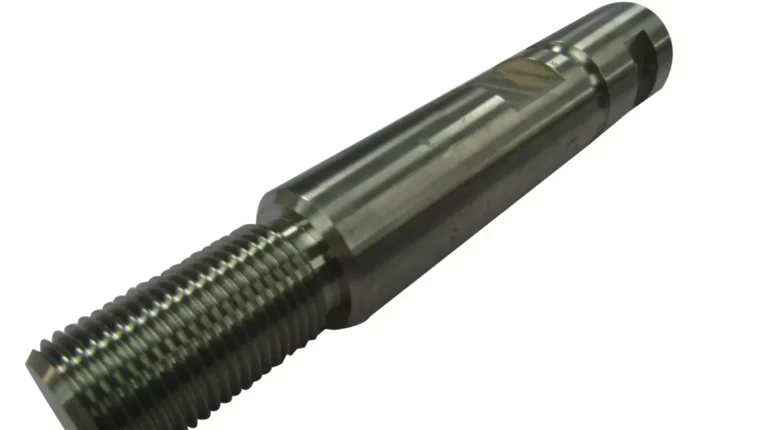Carbon monoxide (CO) is a colorless, odorless gas that can be deadly if inhaled in large quantities. It is produced by burning fossil fuels, and it can accumulate in enclosed spaces, leading to serious health risks. Understanding how to prevent carbon monoxide poisoning is crucial for every household, and one of the most effective ways to safeguard your home is by using a monoxide meter.
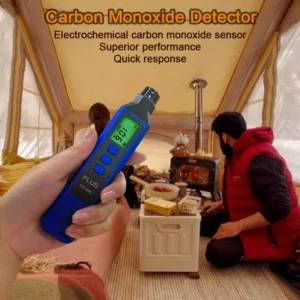

Understanding Carbon Monoxide
Before diving into prevention methods, it’s essential to understand what carbon monoxide is and how it can affect your health. CO is a byproduct of combustion processes, such as those occurring in gas stoves, heaters, and vehicles. When inhaled, it binds to hemoglobin in the blood, reducing the blood's ability to carry oxygen. Symptoms of CO poisoning can range from headaches and dizziness to confusion and even death in severe cases.The Importance of a Monoxide Meter
A monoxide meter, also known as a carbon monoxide detector, is a device designed to detect the presence of carbon monoxide in the air. It is an essential tool for any home, especially those with gas appliances or attached garages. Installing a monoxide meter can provide an early warning system, allowing you to take action before CO levels become dangerous.- Install Monoxide Meters in Key Areas
- Regular Maintenance of Appliances
- Be Cautious with Generators
- Know the Signs of CO Poisoning
- Educate Your Family
- Create an Emergency Plan

